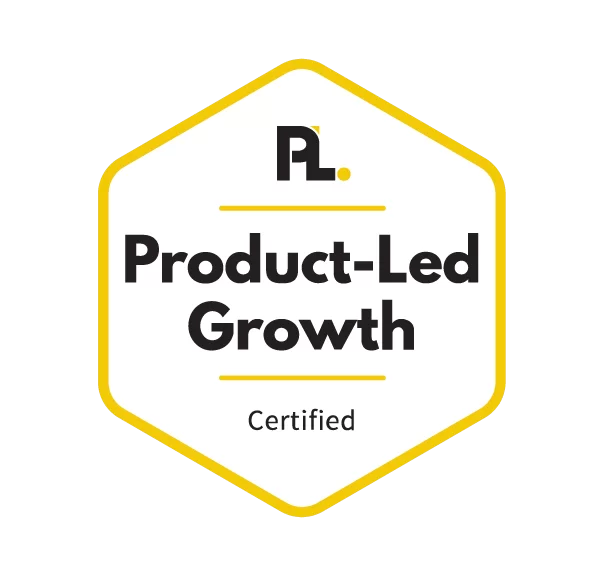Introduction
Continuing on with our Ignite Search MozCon blog series, where we discuss some of the most influential and informative presentations at the 2019 MozCon Digital Marketing conference in Seattle, Washington. In this week’s blog post, we will be discussing Mary Bowling’s presentation, ‘Brand is King: How to Rule in the new Era of Local Search’
Who is Mary Bowling
Before jumping into the presentation, we would first like to introduce Mary Bowling. Mary is the Co-Founder of Ignitor Digital, an online marketing company serving small businesses on a global scale. She has been involved in all aspects of SEO since 2003 with a strong appeal to Local Search. In additional to being a local SEO guru, she is a well-known speaker at industry conferences such as Advanced LocalU, Pubcon, Searchfest and of cause MozCon – twice.
Now For The Presentation Details

Mary started the presentation but announcing the local search is hard – even harder than traditional SEO! And search engine giant, Google is making it harder every time. However, Mary explained that this is Google’s approach to providing searchers with the right answers in the Search Engine Results Pages (SERPs) without having to click through to visit a website.
A study done by Jumpshot and Moz in 2018 found that 90% of the search traffic in
the US came from Google property, this figure is now 95%. This includes Google’s YouTube and Google Images owning 90% of the local search traffic.
Mary suggested that when it comes to local search, there are 4 KPIs that have been generally accepted at the low end of the conversion funnel. There KIPs are:
- Form Filling
- Facebook Messaging
- Clicks to Call
- Driving Direction
Before jumping straight into how to optimise in Local Search, we address what Google’s Local Search Algorithm is.
Google Local Search Algorithm
Mary explained that Local Search is essentially looking for something in some place. When Google first acquired Maps, she implied that Google’s idea was to model the real world – identifying the best businesses in a certain area should rank high in the SERPs.

However, amongst the SEO community many believed relied on ‘poor proxies.’ By optimising for poor proxies, you will receive poor results. Businesses find themselves concentrating on these proxies instead of building their businesses.
Mary said that the local search algorithm has always been based on 3 factors. These factors are:
- Relevance
- Prominence
- Proximity
Relevance: Google is asking if your business provide the products, services or attribute the search is asking for. They do this by looking through your Google My Business (GMB), website, social media and reviews.
Prominence: Google is asking if your business is well-known and well-regards within its local market areas and industry. They do this by looking mostly at what other people are saying about your business and your authority.
Proximity: Google is asking if businesses are close enough to the searcher to be considered as a good answer for their query. How Google does this depends on the query – as some search may request for the best product in a certain area whilst some search may request for the cheapest. Both of which will produce different results depending on their search intent.
History of Local Search
2012 – Knowledge Graph were introduced. The Knowledge graphs is a knowledge based by Google and its services to enhances it search engine’s results with information gathered from a variety of sources. Mary suggested feeding your business and brand to Google and link these content to describe the relationship between them.
2018 – Topical Layers. Topical Layers shows the related topics under a given topic. As seen in the image below – a topical layer of vegetables, you would find that each topic can be ranking pages providing more opportunities to optimise and rank your brand and business.
2011 to 2014 – Local Search stagnated due to Google Plus.
2015 to 2019, Google has been updating their Local Search Algorithm to provide more access to users where ever they are. This includes:
- Presentation Layers
- Device Compatibility
- Review Focuses
- E-A-T & Reputation
- Transaction & Engagement Layer
- Local Ads Expansions
So Why did Google decide to focus on Local Search? Mary explained that this answer can be addressed by none other than the CEO of Google. She shared a quote that explained the direction and focus for Google as a company:

‘We are moving from a company that helps you find answers to accompany that help get things done.’
For obvious reasons Google’s objective is to extract more profit from Local Search with transactions, ads and paid subscription models in GMB. But also, to prove its value to local businesses.
Boost Your Local Brand in 2019
Mary explained that local brand involves two factors;
- Awareness: who you are, what you do and where you are
- Reputation: what do people in your local marketing think about your brands.
Google love brands! In 2008, Google’s SEO said:
‘The internet is a cesspool where false information thrives, brands are how you out the cesspool’
This means that Google is letting the local market places sort out this influx of false information and answers. By providing a brand page it allows a plethora of factors to determine your value such as the following:
- What Google knows about your business and brand
- What’s important to seasrches
- How people regard you
- Miss opportunities
- Competitor comparison
The objective for businesses is to focus on what you can control and what you can influence. For instances, you can control your own information via your content displayed on your website and GMB. And you can influence your reviews and listings/news.
9 Tips To Rule Local Search
Mary then proceeded to share 9 useful tips on how businesses can rule local search in 2019.
1. Reviews your ‘organic ads’
Organic Ads is a term Mary refers to as your organic listings and includes your page title and meta descriptions. She recommended focusing on generating useful content such customer-oriented content, displaying contact information, identify service areas and providing call-to-action (CTA) for conversions.
2. Review your GMB cover photo
This is a critical image for your business and is widely visible in the SERPs. In addition to these critical images, adding an array of photos will help demonstrate the relevance of your business and brand to search queries.
3. Review your listings with starts
By responding to community feedback and comments with stars, it will encourage more reviews and users to trust your brand.
4. Get stars on your own URL
In the SERPs highly rated (5-stars) will draw attention and trust as mentioned in the previous tip. To further accentuate this factor, Mary recommended looking into schemas or no review rating such as ‘Get Five Stars’.
5. Publish Google posts
Mary described this feature as a gift from Google to generate ongoing content. Take advantage of it.
6. Google Q&A
This feature is visible in every GMB listing. Mary recommended businesses pay close attention to this feature as it will allow you to flag unsuitable content that and well a identify sales opportunities. Furthermore, businesses are permitted to asked and answer their own questions which adds additional content that may address a searcher’s query.
7. GMB profiling messaging
Is a feature that allows GMB owners communicate directly to searchers and potential customers.
8. GMB bookings
Local Search have a strong objective to provide searchers with the most appropriate answer, and continues to provide local and small business with more value. This feature encourages searchers to convert right there in the SERPs with an automated scheduling feature to make it convenient for users to, not only find the answer but obtain the right answer through businesses’ goods and services.
9. GMB product & services
In continuation of the previous tip, GMB’s product and services aims to provides searchers more information in the SERPs. Mary recommended that businesses feed these answers to Google by describing the products and services that offer in the GMB listing.
What Can We Take Away From This Presentation
Google continues to provide more opportunities to get more actions in the SERPs. They are approaching reality and is recognising what you’re are doing offline and translating that into online rewards. Mary has provided the audience with 9 useful tips that will help you optimise your brand, with heavy focus on being the best brand in your local area. Her methodologies and ideologies suggest that businesses don’t need clicks. When they build their brands, businesses will just have conversions.










